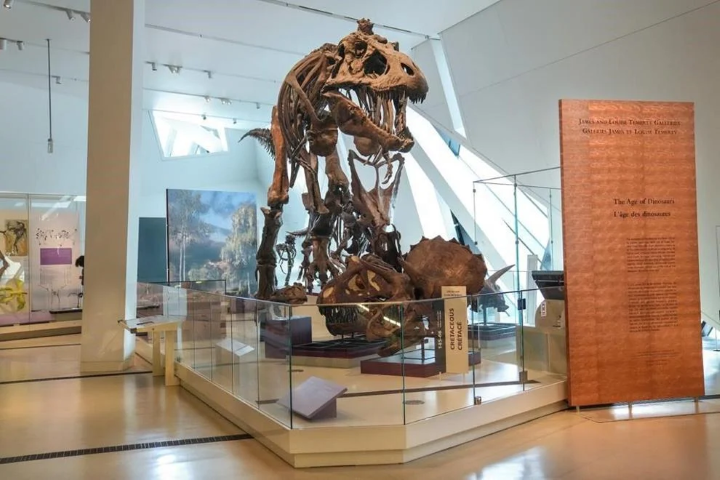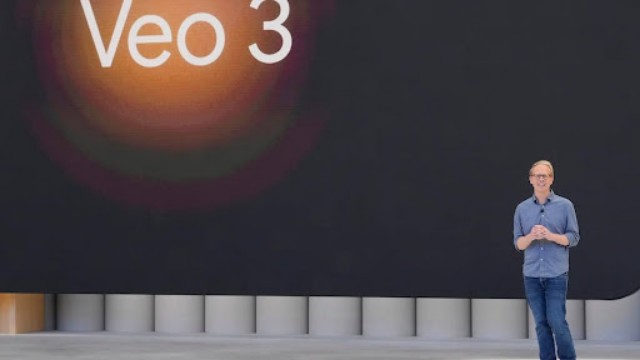
A representation of a Tyrannosaurus Rex stands in the "Age the Dinosaurs" Gallery at the Royal Ontario Museum, in Toronto, Tuesday, Dec. 12, 2023. THE CANADIAN PRESS
In recent scientific discourse, a bone-chilling notion surfaced: could the mighty Tyrannosaurus Rex, the apex predator of prehistoric times, have possessed the intellect to wield tools, collaborate in packs, and transmit knowledge through generations? It's a spine-tingling proposition, indeed.
However, a fresh academic study casts skepticism over these fantastical conjectures.
"We felt compelled to revisit these audacious claims," remarked Cristian Gutierrez, a neuroscientist from the University of Alberta and co-author of a paper in The Anatomical Record challenging the notion of the clever T. Rex.
Suzana Herculano-Houzel from Vanderbilt University made waves in 2023 with her research, which extrapolated the neuron counts of contemporary avian and reptilian species to estimate the brain capacities of ancient dinosaurs. According to her findings in the Journal of Comparative Neurology, T. Rex boasted a brain housing between two to three billion neurons, akin to those found in the brains of intelligent primates like baboons.
However, Gutierrez disputes these claims. He argues that Herculano-Houzel overstated the volume of actual brain matter within T. Rex skulls, which share closer anatomical similarities with crocodiles than birds. Furthermore, he highlights the disparity in neuron density between bird and reptile brains, debunking Herculano-Houzel's comparisons.
Additionally, Gutierrez underscores the significance of body size in cognitive function. Even if a T. Rex's brain harbored as many neurons as that of a baboon or magpie, the immense size discrepancy between the species indicates a fundamental disparity in cognitive abilities.
Moreover, Gutierrez contends that neuron count alone does not equate to intelligence, citing examples such as giraffes with two billion neurons, yet lacking tool usage or cultural practices, contrasting with magpies possessing only 400 million neurons but exhibiting complex behaviors.
In response, Herculano-Houzel defends her methodology, asserting that T. Rex likely possessed warm-blooded characteristics akin to modern ostriches, based on evidence of body and brain size ratios.
Drawing from his previous research, Gutierrez emphasizes correlations between behavior, brain size, and brain structure, suggesting that dinosaurs closer in evolutionary lineage to birds might have displayed more intricate behaviors.
While fossils provide glimpses into dinosaur behaviors such as parental care and group living, Gutierrez acknowledges the inherent limitations in interpreting behavioral aspects from fossil records.
In conclusion, Gutierrez deems the likelihood of an intelligent T. Rex as highly improbable, likening their cognitive capacities more to crocodiles than primates, offering reassurance to those unsettled by the notion of a colossal, brainy reptile ruling the ancient world.















